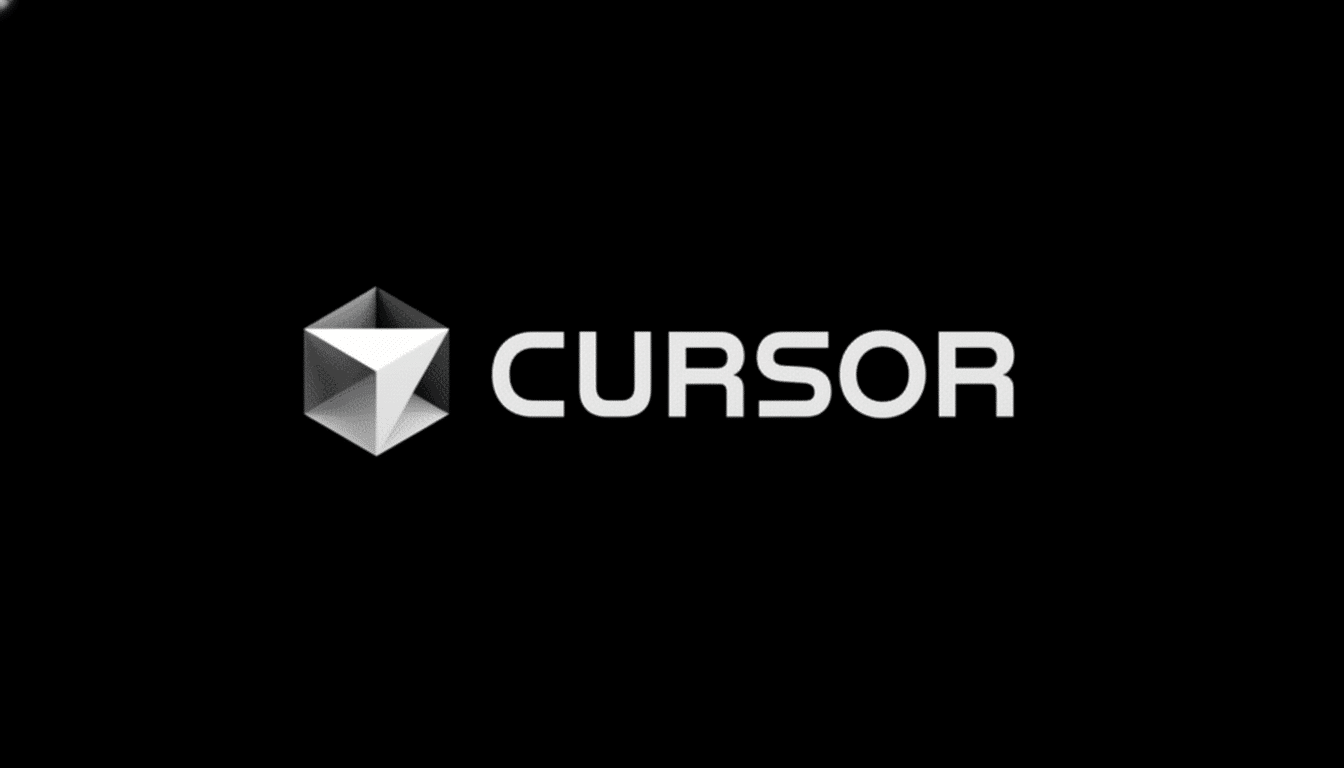The maker of an AI coding assistant, Cursor, has closed a $2.3 billion round just five months after its previous raise in a blockbuster surge that values the company at $29.3 billion, according to reporting by The Wall Street Journal. The deal, which was co-led by Accel and Coatue, valued Cursor at well over three times the valuation it had in June, when a $900 million Series C gave it a valuation of $9.9 billion. Strategic investments by Nvidia and Google highlight both the business demand for AI in software development and the scramble to control the model stack behind those tools.
Cursor’s co-founder and CEO Michael Truell told the Journal that the funding will expedite development of Composer, a proprietary AI model the startup introduced in October with an eye toward one day shouldering more of what external providers handle today. Thrive Capital, which led Cursor’s first two funding rounds, also invested in the round.

Why This Funding Round Feels Different for Cursor
Raising a multibillion-dollar round so soon also says two things: that customer traction is only growing — pretty impressive since the company launched just four years ago — and that investors are buying into AI coding tools as part of core infrastructure. The funding cycle — five months from a $900 million round to $2.3 billion — hints that Cursor is trying to cement its access to compute and talent before what could be an even more vicious platform war in 2025.
Growth in valuation from $9.9 billion to $29.3 billion in one cycle is unprecedented even for AI. It is the view that a productivity lift we create inside software teams becomes some sort of identity for seat expansion and enterprise standardization. There have been independent studies that support that hypothesis: GitHub research found tasks done 55% faster, according to one of the AI pair programmers there, and McKinsey has reported double-digit throughput increases with a decrease in time spent switching between codebases.
Strategic Signals From Nvidia and Google for Cursor
Nvidia is playing the role of both infrastructure enabler and enterprise customer, a combination that frequently allows AI vendors to lock down GPU commitments and optimize inference costs. Google’s involvement is also noteworthy as it provides models in use today that help the parts on which Cursor was built. The two-prong relationship — getting into bed with model providers while also working on an in-house model — has emerged as a familiar hedge for AI application companies aiming toward better latency, cost control, and data governance without compromising best-in-class quality.
If Composer does achieve parity with popular baseline models on code-specific tasks, Cursor may further offload more requests to its own stack. That would make unit economics and reliability during traffic spikes — two pain points for AI-native products that rely on third-party APIs — significantly better.
The Race to Dominate the AI Coding Workflow Market
Cursor is competing with incumbents that have substantial distribution and research muscle. OpenAI has accelerated coding capabilities with reasoning-optimized models, while the Claude family at Anthropic is continuously augmenting the standard for code understanding and refactoring. Microsoft, through GitHub Copilot, is also beginning to embed itself across IDEs and enterprise tooling, while JetBrains, Replit, Codeium, and Tabnine are all iterating fast.
Cursor’s edge is an opinionated workflow in a package — editor-native chat alongside repository-wide context discovery and multi-file refactors. Teams respect assistants that are more than autocomplete — tools need to be able to consistently read a codebase, suggest architectural changes, and provide tests that pass CI. Real-world adoption usually depends on these capabilities, plus compliance-centric features like audit trails, the ability to deploy on-prem or in a VPC, and controls to block sensitive code from leaving an organization’s environment.

Economics and the Model Strategy Behind Composer
For AI coding assistants, the gross margin depends on three levers:
- Model inference cost
- Context window size
- How much work can be offloaded to cheaper or proprietary models without sacrificing quality
Building Composer is a quintessential margin play — own the inference pipeline for typical tasks, delegate edge cases to best-in-class third-party models, and relentlessly push down prompts and responses to minimize token spend.
There are dangers to this course. Keeping a production, code-specialized model at the frontier of codebase development takes significant ongoing investment in training data, evaluation harnesses, and safety systems. Model drift can erode trust; one regression nudging subtly into production code will undermine it. The imperative is high-quality, licensed training data and rigorous evaluations against benchmarks and actual repositories.
Market Context and What to Watch in AI Coding Tools
What’s more, businesses are budgeting for AI developer tools even during cautious macro cycles because the return on investment is measurable: I get features out faster, I have less operational toil in legacy codebases, and better test coverage. Analyst houses have forecast strong growth in spend on AI software, while leaders in developer tools all point to their AI assistants as among their fastest-growing products.
The near-term questions couldn’t be clearer for Cursor.
- Can Composer provide substantial savings compared to fully general-purpose models while maintaining or even surpassing their quality on complex refactors, multi-repo changes, and planning across many weeks?
- Will strategic partnerships with Nvidia and Google pay off in preferential access to compute, to frontier research that pays back in product quality?
- Can the company capitalize on early enthusiasm to develop standardized enterprise deals with strong governance, identity integration, and predictable per-seat pricing?
The oversized round gives Cursor a runway that is long enough to answer those questions. As rivals hone their own offerings and consumers are increasingly conducting side-by-side bake-offs, the next phase of the AI coding assistant market will be won on reliability, latency, and total cost of ownership as much as raw model intelligence.

